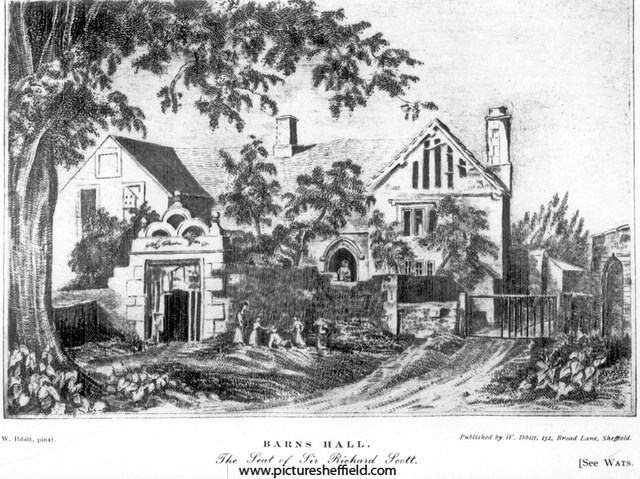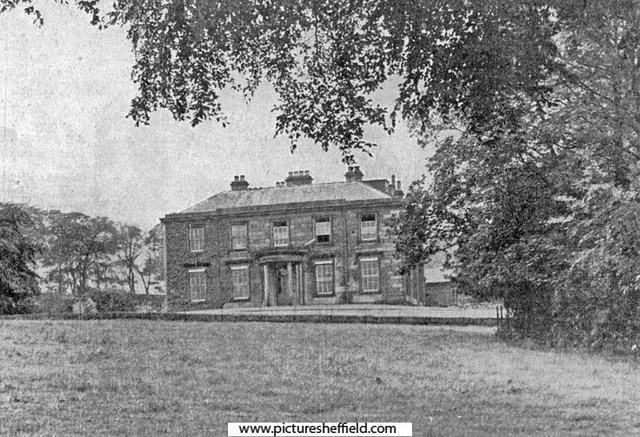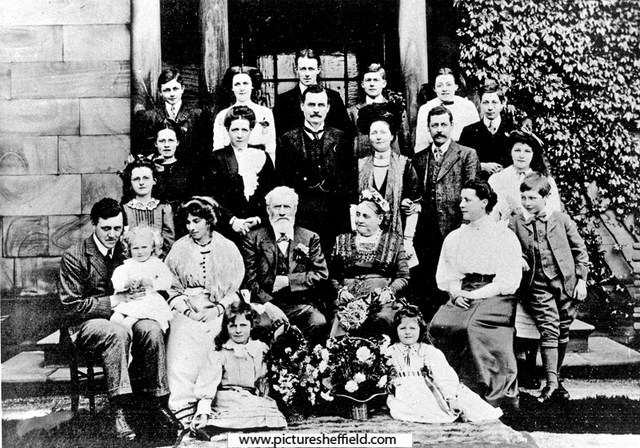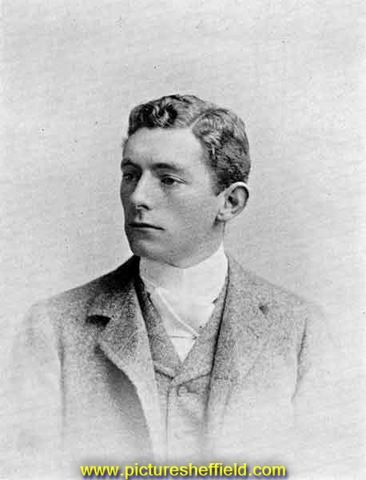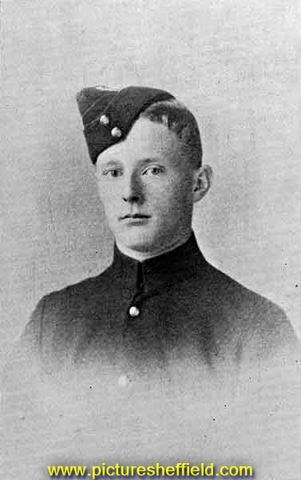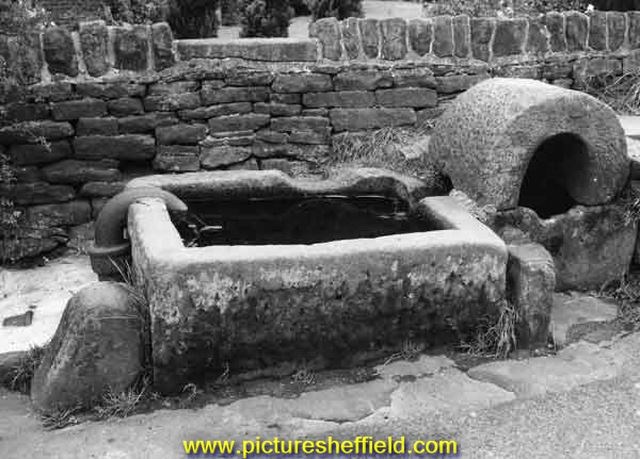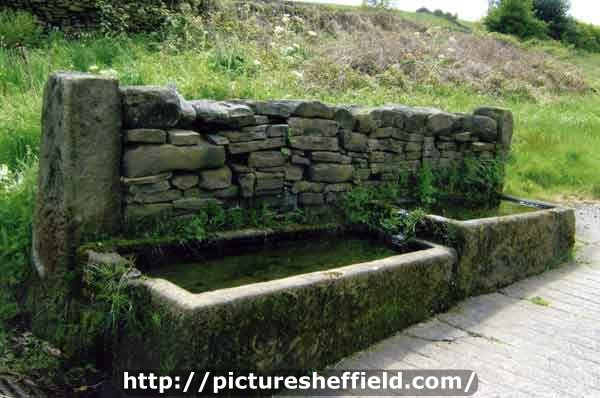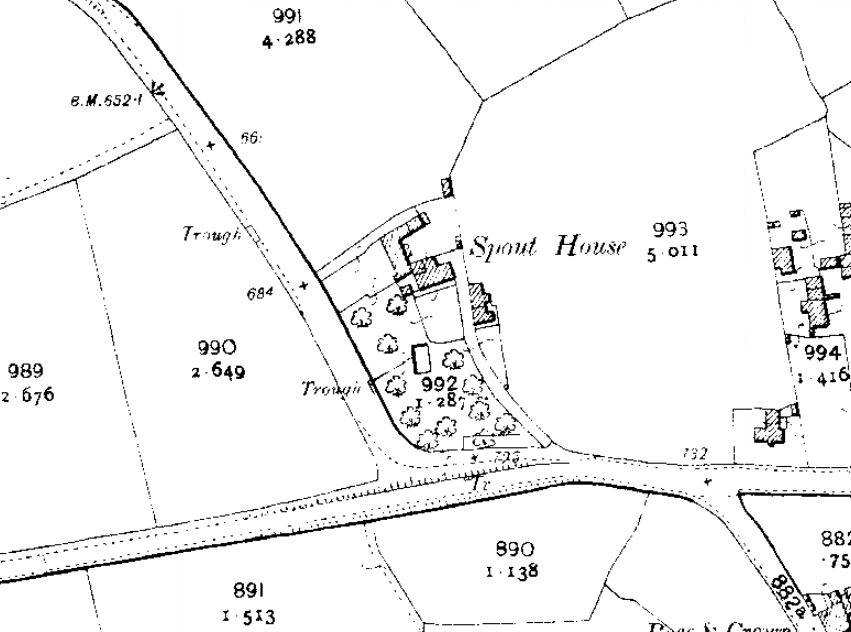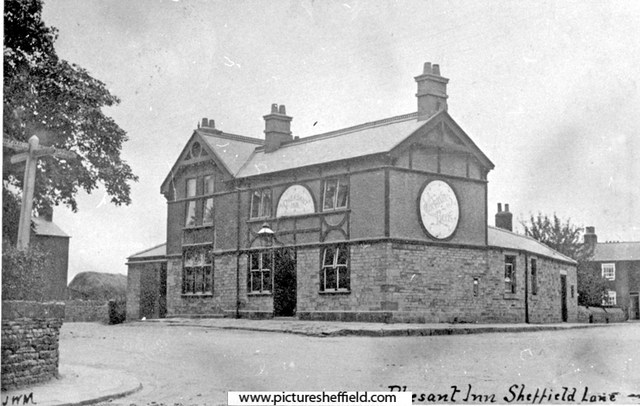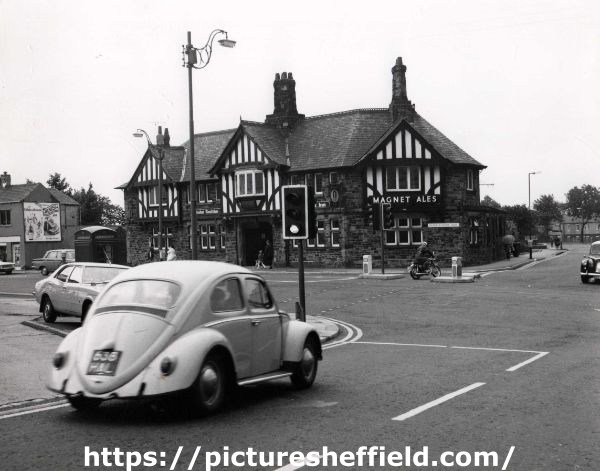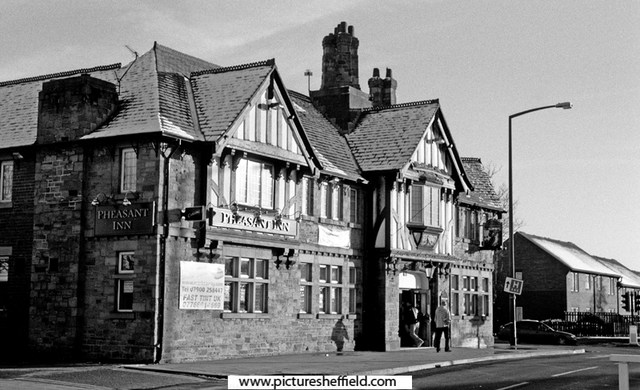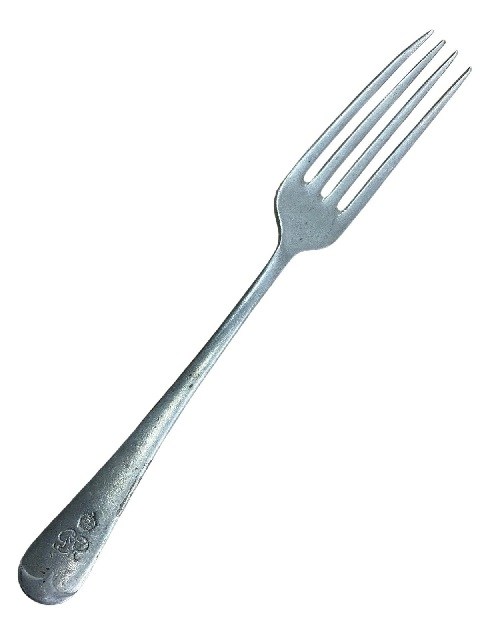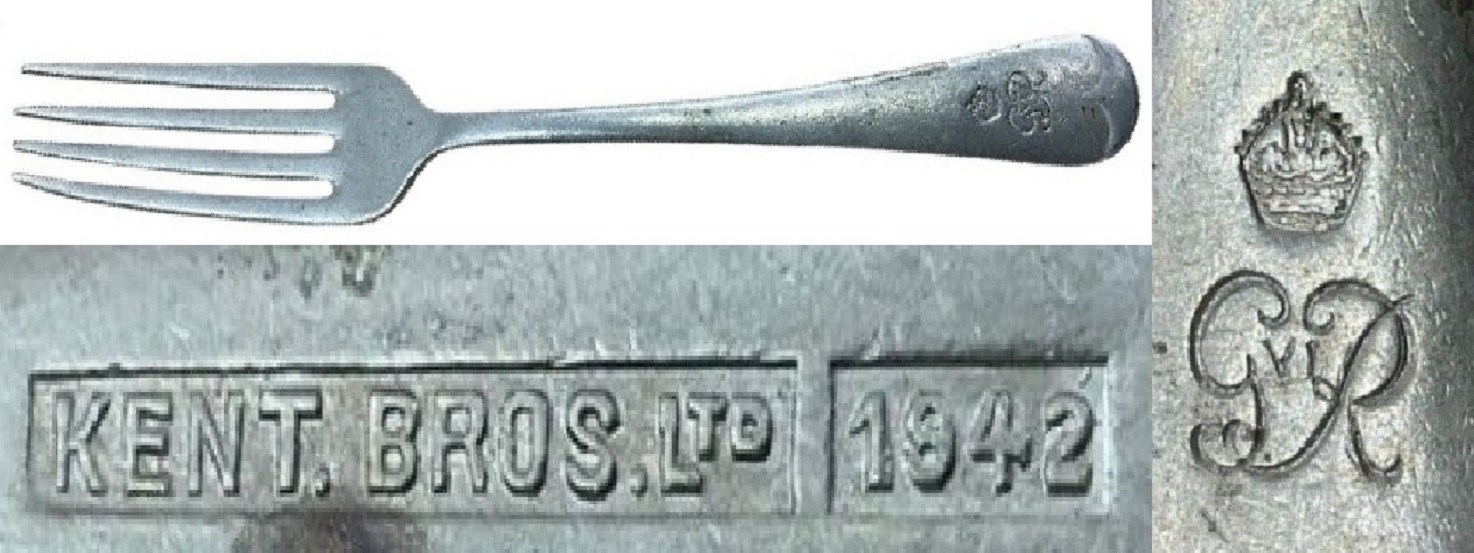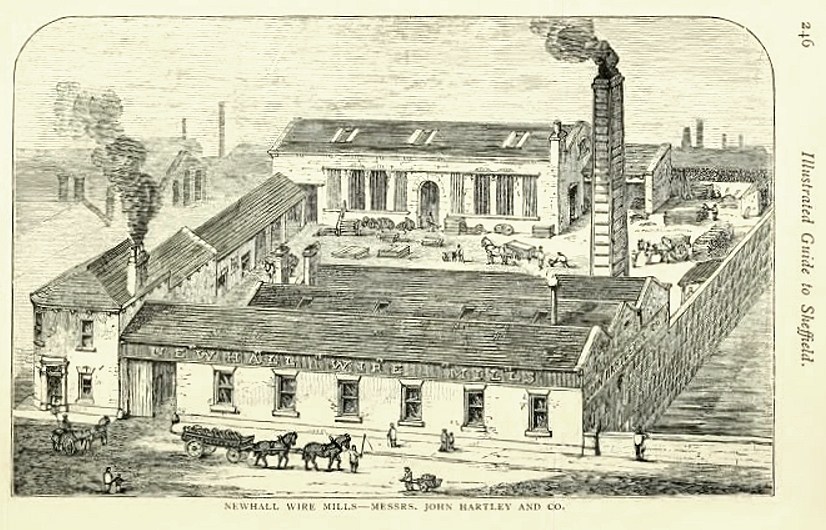Search the Community
Showing results for 'coal pit lane'.
Found 10,019 results
-
I think this is a summary of Charles' life, though not guaranteed 100% accurate. I will summarise his flying activities in a separate post. Charles Brown was born about 1788, the son of Roger (a slater) and Sarah (nee Hibbard) who had married at Rotherham on 26th May 1788. The family trade was slater and builder and Roger's sons went into partnership as "Samuel, James and Charles Brown" and Samuel Brown and Brothers". The partnership was dissolved in March 1826 to allow Charles to operate on his own account. The Brown family were based around the Division street area. The youngest son, Roger (junior) was born on 11th November 1803. Charles married Agnes Heathcoat in Rotherham in 1816, and they had children Charles (born 24th September 1821), Eliza (born 18th March 1824), William Winward (born 10th March 1926), Frederick (born 13th July 1830) Samuel (born 9th June 1832), Sarah (born 1838), John (born 4th November 1817 - John was a druggist of Pinstone street whose new business became bankrupt in 1840 and father Charles was unsuccessfully prosecuted for disposing of some goods which should have gone to creditors). Charles was based at 74 West street in 1833 and Charlotte street in 1839. By 1841 Charles had become a steel refiner at Charlotte street, and in 1851 they were at 12 Bailey Lane, Charles now a saw manufacturer. In 1861 Charles and Agnes were at 24 Bailey Lane, Charles a saw and steel manufacturer employing 3 men and 2 boys. Charles died at his son-in-law's house in York on 23rd May 1869. Agnes died on 10th August 1871 at Winter street.
-
Greno House, School Lane, Grenoside. s05723 Advertisement for Education at Greno House near Sheffield. G. Rider BA of the University of Cambridge receives into his house a limited number of young gentlemen whom he prepares for the Universities and for the Professional or Commercial pursuits. Terms per annum. The pupils under eleven years of age 30 guineas. For those above that age 35 & 40 guineas. NB. No extra charge except for washing. The house is situated in a very beautiful & healthy part of Yorkshire four miles from Sheffield and four miles from Wortley. Coaches pass the House daily. A quarters notice and a quarters board previously to the removal of a pupil. Greno House, School Lane, Grenoside, February 1949. s05717 s05720 View from East. View from North East. https://www.picturesheffield.com/frontend.php?keywords=Ref_No_increment;EQUALS;s05721&pos=7&action=zoom&id=9134 View from South West. https://www.picturesheffield.com/frontend.php?keywords=Ref_No_increment;EQUALS;s05722&pos=8&action=zoom&id=9135 The Well. https://www.picturesheffield.com/frontend.php?keywords=Ref_No_increment;EQUALS;s05719&pos=5&action=zoom&id=9132 Pheasant Rearing House. https://www.picturesheffield.com/frontend.php?keywords=Ref_No_increment;EQUALS;s12031&pos=9&action=zoom&id=15037 s37340 Greno House, School Lane, Grenoside, July 1989. Latterly converted into 5 seperate dwellings. Former Stables. https://www.picturesheffield.com/frontend.php?keywords=Ref_No_increment;EQUALS;s37348&pos=2&action=zoom&id=73924
-
On 25th March 1823 William Fairbanks III, surveyor, transferred two plots of building land to Samuel Eyre on an 800 year lease, one of 387 yards faced onto West street, the other was on Fitzwilliam street. The land was where his father, William Fairbank II, built Westhill Hall, in 1786, at the head of Lee's Close, Broomhall Lane, leasing the surrounding land from the Duke of Norfolk in 1798. see Fairbanks map: The West Hill estate On 5th October 1827 Samuel Eyre announced that he intended opening his new house at West Hill, Glossop Road for the purpose of an Inn and Public House on the following Thursday. He had applied for a licence in September 1826. The Inn was to be named the Royal Mail Inn. He confirmed that he would not be selling any Liquor on the Sabbath "unless it be to a Stranger in the Land, or a way-faring Man that turneth aside to tarry for a Night" From the outset the house was also referred to as the Mail Coach Inn. On Wednesday 16th August 1837 an inquest on Samuel Eyre, 57, was held in his own public house. He had left home the previous Monday afternoon for his joinery works at Leicester street and was found unconscious lying on the shop floor an hour and a half later. He was taken home in a coach but died the following morning - apoplexy was deemed to be the cause. He was buried at Ecclesall All Saints. His wife Esther was running the pub at both the 1841 and 1851 census' but died in March 1855. Samuel and Esther's son Thomas took over the running of the inn, until his death aged 52 on 13th April 1864. His brother William Eyre then seems to have inherited the pub, in June 1864 taking back the licence which had been held by Richard Johnson and Henry Turner. William attempted unsuccessfully to sell the property in late 1864. William was still the landlord in August 1865, when the Aaron Allison murder took place there, which probably put a stop to any sale of the property for a while. In June 1868 he again put the premises up for sale, and again in August 1875. William died on 17th January 1884 at 8 Hanover Square aged 69, and was buried at Ecclesall All Saints.
- 1 reply
-
- 1
-

-
y01769 The first Barnes Hall, Chapeltown, Seat of Sir Richard Scott, prior to construction of present house which was built 1824 The family of Scott and Watts lived at Barnes Hall in the early 1500's, and it was inherited by a descendant, Henrietta Horton (1790-1827), who sold it to William Smith of Cowley Manor in 1823. He married Miss Parkin of Mortomley Hall, and rebuilt it in 1824. s05323 Barnes Hall, off Elliott Lane, Chapeltown. Built by William Smith The home of Col. W. Mackenzie Smith and Lady Mabel Smith https://www.picturesheffield.com/frontend.php?keywords=Ref_No_increment;EQUALS;s05715&pos=23&action=zoom&id=9128 https://www.picturesheffield.com/frontend.php?keywords=Ref_No_increment;EQUALS;v00781&pos=21&action=zoom&id=42584 Barnes Hall 5th May 1953 https://www.picturesheffield.com/frontend.php?keywords=Ref_No_increment;EQUALS;s05321&pos=4&action=zoom&id=8774 Stone inscription at Barnes Hall, off Elliott Lane, Chapeltown. Reads; 'As the hovre doth pas, so doth the life of man. His tearme is set and pas it no man can. Wisdome crieth at the gates at the entry of the city at the coming in at the dore.' https://www.picturesheffield.com/frontend.php?keywords=Ref_No_increment;EQUALS;y01760&pos=8&action=zoom&id=49233 The sundial overlooking the kitchen garden at Barnes Hall, off Elliott Lane, Chapeltown. The sundial was probably the work of Samuel Walker, who was engaged by Sir William Horton and bore the inscription 'DISCE DIES NUMERARARE TUOS.' 1738. Restored. Photograph dated 25th May 1957. https://www.picturesheffield.com/frontend.php?keywords=Ref_No_increment;EQUALS;y01758&pos=6&action=zoom&id=49231 https://www.picturesheffield.com/frontend.php?keywords=Ref_No_increment;EQUALS;y01759&pos=7&action=zoom&id=49232 Stable Block. https://www.picturesheffield.com/frontend.php?keywords=Ref_No_increment;EQUALS;y01762&pos=10&action=zoom&id=49235 Window dated 1825 and old gas lamp over the stable block doors at Barnes Hall, off Elliott Lane, Chapeltown https://www.picturesheffield.com/frontend.php?keywords=Ref_No_increment;EQUALS;y01761&pos=9&action=zoom&id=49234 Gardens of Barnes Hall. https://www.picturesheffield.com/frontend.php?keywords=Ref_No_increment;EQUALS;s09691&pos=24&action=zoom&id=12857 Barnes Hall Lodge, Elliott Lane. https://www.picturesheffield.com/frontend.php?keywords=Ref_No_increment;EQUALS;t01548&pos=20&action=zoom&id=32350 Barnes Hall Lodge, July 1989. https://www.picturesheffield.com/frontend.php?keywords=Ref_No_increment;EQUALS;s36798&pos=1&action=zoom&id=73115 s08943 Smith Family, believed to be taken at Barnes Hall, Chapeltown. y10574 Boer War: Lieutenant Stephen Alexander Smith, Imperial Yeomanry, the third son of Mr F. P. Smith, of Barnes Hall, and the grandson of the Late William Smith, and also of the venerable vicar of Ecclesfield, Dr Alfred Gatty. He had previously been in the Yorkshire Dragoons, and was one of the foremost to volunteer for the front. Smith was appointed as Lieutenant in the 11th Company, 3rd Battalion Imperial Yeomanry (Yorkshire Detachment) which left Liverpool in the Winifredian, on the 28th January, 1900. He was educated at Uppingham School: is a fine athlete, and has made himself very popular in local cricket circles. Image from Sheffield at the Front (page 42) (Printed and Published by The Sheffield Independent Press Limited). Ref: Sheffield Local Studies Library: 968.2 SF y10575 Boer War: Lieutenant Leonard Kirk Smith, Barnes Hall, Sheffield (Royal Scots). Smith is also the son of Mr F. P. Smith, of Barnes Hall. He holds a commission as 1st Lieutenant of the 2nd Battalion Royal Scots. When the Government decided to have mounted infantry in South Africa, he was selected, together with a number of men. He left England in the Cephalonia, on October 24th, 1899, and eventually joined General French's command. Took part in the operations around Colesberg and in the subsequent advances made by General French on Bloemfontein. His chief work has been scouting. He was very successful at Charterhouse and Sandhurst Schools, and is well known in the cricket field. He received his commission in 1897. Image from Sheffield at the Front (page 42) (Printed and Published by The Sheffield Independent Press Limited). Ref: Sheffield Local Studies Library: 968.2 SF
-
There seems to have been a few wells discovered in centre of Sheffield in the 1960's during redevelopment. Well in Sycamore Street showing Pond Street bus station behind. 20th May 1965. https://www.picturesheffield.com/frontend.php?keywords=Ref_No_increment;EQUALS;s33397&pos=23&action=zoom&id=67721 Well on site of Cole Brothers, Fargate. 26th June 1965. https://www.picturesheffield.com/frontend.php?keywords=Ref_No_increment;EQUALS;s33398&pos=24&action=zoom&id=67722 Well on Campo Lane, 21st October 1966. https://www.picturesheffield.com/frontend.php?keywords=Ref_No_increment;EQUALS;s33399&pos=25&action=zoom&id=67723 Well in yard to Norfolk Street side of Walker and Hall Ltd. March 1965. https://www.picturesheffield.com/frontend.php?keywords=Ref_No_increment;EQUALS;s33401&pos=27&action=zoom&id=67725 Also earlier: Old Well discovered when clearing site of an old house back of Empire Works, Norfolk Street, pump delivery pipe bored out of solid wood. 1938. https://www.picturesheffield.com/frontend.php?keywords=Ref_No_increment;EQUALS;s12550&pos=41&action=zoom&id=15537 And later: Well in the former building of Pawson and Brailsford, printers and stationers, Parade Chambers, No. 1, High Street/East Parade. https://www.picturesheffield.com/frontend.php?keywords=Ref_No_increment;EQUALS;t07110&pos=14&action=zoom&id=78059
-
Two interconnected large stone troughs, in original position. Situated at the junction of Blacksmith Lane, Main Street with join to Hill Road, Grenoside. https://www.waymarking.com/waymarks/WMRJV6_Double_Horse_Troughs_Grenoside_Sheffield_Uk
-
Former horse trough from Hunter's Bar, now in a field bounded by Hangram Lane and Cottage Lane. Hangram Lane Farm in background. June 1996. https://www.picturesheffield.com/frontend.php?keywords=Ref_No_increment;EQUALS;t02239&pos=4&action=zoom&id=32950 Snowy Sunset, Whiteley Wood Green, Sheffield. (The Old Horse Trough Was Formerly At Hunters Bar.) https://hedgerow.co.uk/image/type-general/searchstring-category%2525253ADERBYSHIRE/imgid-2760/ Horse Trough at Hunter's Bar. t08362 Entrance to Endcliffe Park, Ecclesall Road from Hunters Bar showing old horse trough (centre) 26th February 1933. Roundabout, Hunter's Bar, Ecclesall Road, showing the old horse trough. Entrance to Endcliffe Park, centre. 17th January 1955. https://www.picturesheffield.com/frontend.php?keywords=Ref_No_increment;EQUALS;s17488&pos=10&action=zoom&id=20198 Hunter's Bar showing Horse Trough 1904. https://www.picturesheffield.com/frontend.php?keywords=Ref_No_increment;EQUALS;s17486&pos=24&action=zoom&id=20196 Hunter's Bar, Ecclesall Road, from Junction Road. Endcliffe Park, left. Horse Trough, centre. https://www.picturesheffield.com/frontend.php?keywords=Ref_No_increment;EQUALS;t00986&pos=29&action=zoom&id=31812
-
-
t11620 Water trough, Thorn House Lane, Brightholmlee. 2009. Photographer: Mary Rhodes. Situated just after the sign for Brightholmlee and before the junction with Brightolmlee Road.
-
-
The benefactor George. H Lawrence was the managing director of G.H.Lawrence Ltd, manufacturer of the "Laurel" safety razor blade in Nursery Street. In 1936 he had presented Hathersage with their open air pool, built by En-Tout-Pas Company Ltd of Leicester, part of the King George V Memorial Field which also included tennis courts, bands stand, gymnasium and gardens. He was a resident of "Belmont" at Hathersage. Longley pool was modelled on the same lines as the Hathersage pool. Lawrence had a vision for a ring of heated outdoor pools surrounding Sheffield, in rural surroundings, which he preferred to large central pools where customers had to make a tram journey to get to. At Longley the changing accommodation was initially 14 cubicles per sex, and to avoid congestion a paper bag was provided for the one's clothes, to be stored in a pavilion until ready to dress. A sun lounge, open at the front and made with Vita-glass was provided at the end nearest the tennis-courts, with a sun-bathing terrace on the opposite side and sun-bathing allowed on the grass at the shallow end (4'6"). The deep end nearest Longley Lane was 7'. On Sunday 4th June 1939 1,910 people used the pool.
-
s06970 The earlier Pheasant Inn, Barnsley Road, Sheffield Lane Top. u11821 Pheasant Inn, No. 822 Barnsley Road, Sheffield Lane Top. 1973. Photographer: SCC City Engineer and Surveyors. c00564 Pheasant Inn, No. 822 Barnsley Road, Sheffield Lane Top. 19th November 2004.
-
Plan of Whiteley Woods (Part 1) -section from Dead Lane to Forge Houses 1897. https://www.picturesheffield.com/frontend.php?keywords=Ref_No_increment;EQUALS;y09356&pos=228&action=zoom&id=63677 Plan of Whiteley Woods (Part 2) -Whiteley Woods (Part 2) - section from Oakbrook Road to Dead Lane 1897. https://www.picturesheffield.com/frontend.php?keywords=Ref_No_increment;EQUALS;y09358&pos=229&action=zoom&id=63679
-
Plan of Whiteley Wood Works and Wire Mill Dam, Porter Brook, Whiteley Wood Road (formerly the works of Thomas Boulsover), c. 1826 https://www.picturesheffield.com/frontend.php?keywords=Ref_No_increment;EQUALS;arc06219&pos=235&action=zoom&id=102554 Plan of the Whiteley Wood Works and other property belonging to Samuel Mitchell and Co., [1826] https://www.picturesheffield.com/frontend.php?keywords=Ref_No_increment;EQUALS;arc03974&pos=233&action=zoom&id=102552 Upper Forge (Forge Dam), Porter Brook at Ivy Cottage Lane, c. 1826 https://www.picturesheffield.com/frontend.php?keywords=Ref_No_increment;EQUALS;arc06218&pos=234&action=zoom&id=102553
-
The northern corner of the park has a gymnasium, next to the lodge. At a council meeting in June 1880, the Town Clerk read out a memorandum from 300 ratepayers, asking for the park to have a gymnasium and swings provided. The request was referred to the General Purposes and Parks Committee. By August they had come to the conclusion that as there were few gymnasia in the public parks of nearby boroughs (8 out of the ten contacted) and Manchester had seen accidents related to their facility, Firth Park shouldn't have one. However the Police Band was granted permission to play in the park on one evening a week during the summer. At Liberal Edwin Richmond's Brightside Ward candidature meeting at the Carlisle Street East Primitive Methodist Chapel in October 1883, he was aked whether he favoured swings and gymnasium for Firth Park - on his affirmative answer there was applause, and he undertook to press for the facilities if elected. He was not elected to the Council until November 1885, when the swings/gymnasium topic was re-raised, now with a bowling green added to the list. In June 1888 the General Purposes and Parks Committee discussed a report by a sub-committee on the matter, and after lengthy discussion, including comparisons with other cities, it was agreed that swings and gymnasium would be provided. The following month there was dissent at the Council meeting regarding the costs , and whether the Council was allowed to make this sort of expenditure. This was £194 5s on the erection of swings, giant strides &c in Bacon Lane and Carlisle Street Recreation Grounds and Firth Park. The Town Clerk referred to powers under the Public Health Act allowing this sort of spending. By 1890 the gymnasium with swings and giant-stride had been installed.
-
The question was raised where Forge Lane was in the Pond Street area. Thanks to Archives and Local Studies who are digitilising maps making them available on line through the Picture Sheffield website, thought this may prove helpful. Part of Shude Hill is also marked. Please note the spelling is as it is on the map. A map of the dams, goights and other works belonging to the Pond Forge Co together with some other intermediate properties. 1820. Boardman's Bridge, wear [weir], Porter Brook, goight, River Sheaf, Upper Dam, Sheaf Lane, bridge, Upper Forge Wheel, dam, Upper Forge, Sheaf Mill, steam engine, Lower Forge, grinding wheel, arched goight, tail goight, Shude Hill, Hospital Bridge, hospitals, Sheaf Bridge, Castle Orchards Wear [weir], River Dun [River Don], Pond Street, Forge Lane, Pond Well Hill. Late Joseph Ward, John Hounsfield, Josiah Blackwell, late Abraham Wright, S. Woodcock and Sons, Joseph Blackburn, Thomas Mearbeck and Co., S. Rawson and Co. [?Thomas Rawson and Co], Joseph Shimmeld, John Vickers, Sheffield Gas Light Co., S. and S. Darwin, Sarah Beeley, Widow Beardsall, John Hale, Widow Badger, and J. B. Ward. https://www.picturesheffield.com/frontend.php?keywords=Ref_No_increment;EQUALS;arc04213&pos=13&action=zoom&id=105197 And another map, a bit harder to read but the tenants/owners of the properties are named in the notes.... Thank you Archives and Local Studies. https://www.picturesheffield.com/frontend.php?keywords=Ref_No_increment;EQUALS;arc04212&pos=12&action=zoom&id=105190
-
The Estate of Samuel Shore in Upper Hallam. 1823 https://www.picturesheffield.com/frontend.php?keywords=Ref_No_increment;EQUALS;arc03964&pos=32&action=zoom&id=102444 Plan of the large allotment in Upper Hallam belonging to Samuel Shore 1828 https://www.picturesheffield.com/frontend.php?keywords=Ref_No_increment;EQUALS;arc03967&pos=33&action=zoom&id=102527 Brown Edge quarries, Fulwood Lane, with particulars of the workings from 1827 to 1834 https://www.picturesheffield.com/frontend.php?keywords=Ref_No_increment;EQUALS;arc03968&pos=34&action=zoom&id=102529 The main part of the plan was made in 1827; a piece was added in 1834. 'Got by Benjamin Fox, Samuel Halgate, slate quarry, new and old quarry, SAMUEL SHORE, James Richardson. Fulwood Mills etc belonging to George Smith, held by William Woodhouse Jr. 1802 https://www.picturesheffield.com/frontend.php?keywords=Ref_No_increment;EQUALS;arc03970&pos=35&action=zoom&id=102531 Refers to Butter Briggs, allotment, Mill Field, SAMUEL SHORE, Upper Mill, Lower Mill, Cath. Hibberd's land, Geo. Patten, Thos. Smith.
-
Land in the Townships Totley and Dore in the Parish of Dronfield named in the Norton Hall Estate Sale. Dore Enclosure Map 1822 https://www.picturesheffield.com/frontend.php?keywords=Ref_No_increment;EQUALS;arc07355&pos=37&action=zoom&id=106542 Numbered on the map 63, 86 Samuel Shore. Samuel Shore's large allotment at Fulwood Lane, divided into parts held by Benjamin Fox, Samuel Halgate and Samuel Green, [1828] https://www.picturesheffield.com/frontend.php?keywords=Ref_No_increment;EQUALS;arc04271&pos=36&action=zoom&id=105745
-
Yes I have Ponytail, thank you. The Quarry and Brickyard featured in the Estate sale was on Meadowhead (now the location of Morrison's supermarket) it was under the ownership of John Camm of Greenhill in the early 1850s along with other Quarries at Whirlow and Derbyshire Lane. At the turn of the century it was in the hands of Tedbar Tinker of Bradway.
-

Victoria Quays, Sheffield City Centre
Lysanderix replied to Sheffield History's topic in Sheffield History Chat
The canal basin near the Bacon Lane bridge was severely damaged by a German bomb during the night of 15. December 1940. -
Bennett & Heron Ltd., cutlery manufacturers, 65 Broad Lane. https://www.picturesheffield.com/frontend.php?keywords=Ref_No_increment;EQUALS;s23806&pos=1&action=zoom&id=26578 Sign for Bennett & Heron on the extreme right. https://www.picturesheffield.com/frontend.php?keywords=Ref_No_increment;EQUALS;u11511&pos=2&action=zoom&id=100089
-
Hello, again I'm back at one of my previous posts. A belated thank you also to Loubaruch for your insightful contribution to the Bennett & Heron history. I am back though because of the mention of Kent Brothers (possibly not mentioned elsewhere on the Forum), a concern I had not come across until I saw online a suggested, military dining fork with a date on it, and indicated to have been made by that firm. The suggestion of the fork being military was no doubt because of the Royal cypher of King George VI shown its finial. There also is Kent Brothers Ltd and 1942. There is a full history of “Kent Bros” on the "Hawley’s Name on a Knife Blade" site but in brief they were formed in 1919 by brothers Percy & Leonard Kent on Broad Lane and “Ltd” in 1922 at 168 Broad Lane. Apparently wound up in 1969, when the chairman was E. H. Beighton. That was the surname Loubaruch quoted in his “B&H” history addition to this post. Other information was that B&H “bought out another manufacturer Kent Brothers who had a larger factory in Broad Lane, B&H then moved to Broad Lane in about 1960“. Is it coincidental that the name “Beighton” and the Broad Lane address are referenced with both companies? Were both companies run concurrently for a while or were B&H using the “Kent Bros” mark? Regarding the fork I am not sure it is necessarily for military use. Although the wartime date of 1942 was in King George VI’s reign the fork does not carry the “/|\” broad arrow mark associated with Government order items and typically seen on military stuff, including cutlery. A James Dixon & Sons example from 1942 with the “/|\” is below. I think there were other organisations that would have been using the King George VI cypher on cutlery. I think the General Post Office (GPO) would have been my top possibility. Any other suggestions? Kalfred
-

English Steel Corporation Ltd., Foreman's Club
Ponytail replied to Ponytail's topic in Sheffield History Chat
Thank you, the description of the mile long private drive certainly sounds like the one walked down in the late 1950's early 1960's. I just remember a long leafy Lane but don't remember how we got there from the bus or if there was a gatehouse but it certainly wasn't a road because we walked down the middle of the Lane. Yes Lysanderix, my dad was a Foreman at the time, he may have been newly promoted to the job as the membership card starts at 1959. -

Newhall Road, Newhall Wire Mills
Lysanderix replied to Aaron James Hartley's topic in Sheffield History Chat
Sort of related….The Amalgamated Society of Wire Drawers and Kindred Workers was founded in Sheffield in 1840 and was the oldest union representing the workers in that industry. It’s Headquarters were situated in Sheffield on Campo Lane, where they remained , I believe, until the demise of the Union in 1968. -

Newhall Road, Newhall Wire Mills
SteveHB replied to Aaron James Hartley's topic in Sheffield History Chat
The illustrated guide to Sheffield and the surrounding district. 1879. "Messrs. John Hartley and Co., Newhall Wire Mills, manufac- ture wire for pit and other ropes, umbrellas, and various other pur- poses. On the next page we give an illustration of their works, which have been carefully arranged with a view to the requirements of the business, and are fitted with modern machinery and appliances." link https://archive.org/details/illustratedguide00tayl







